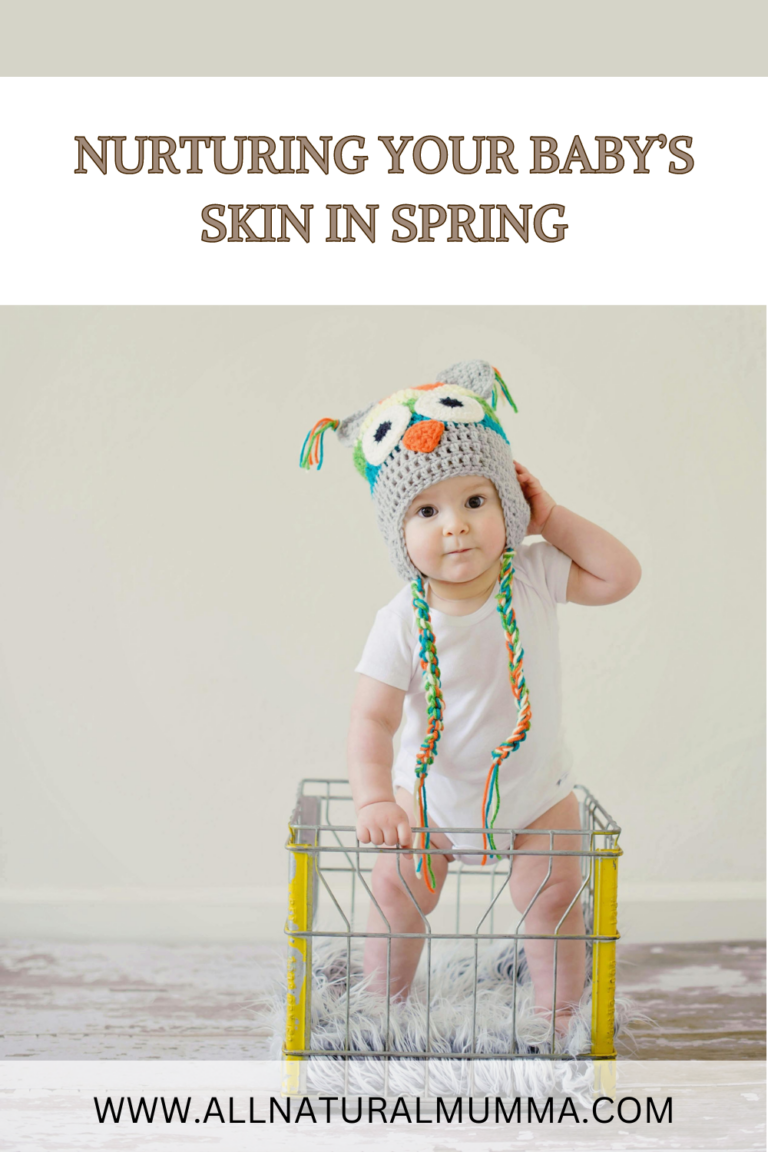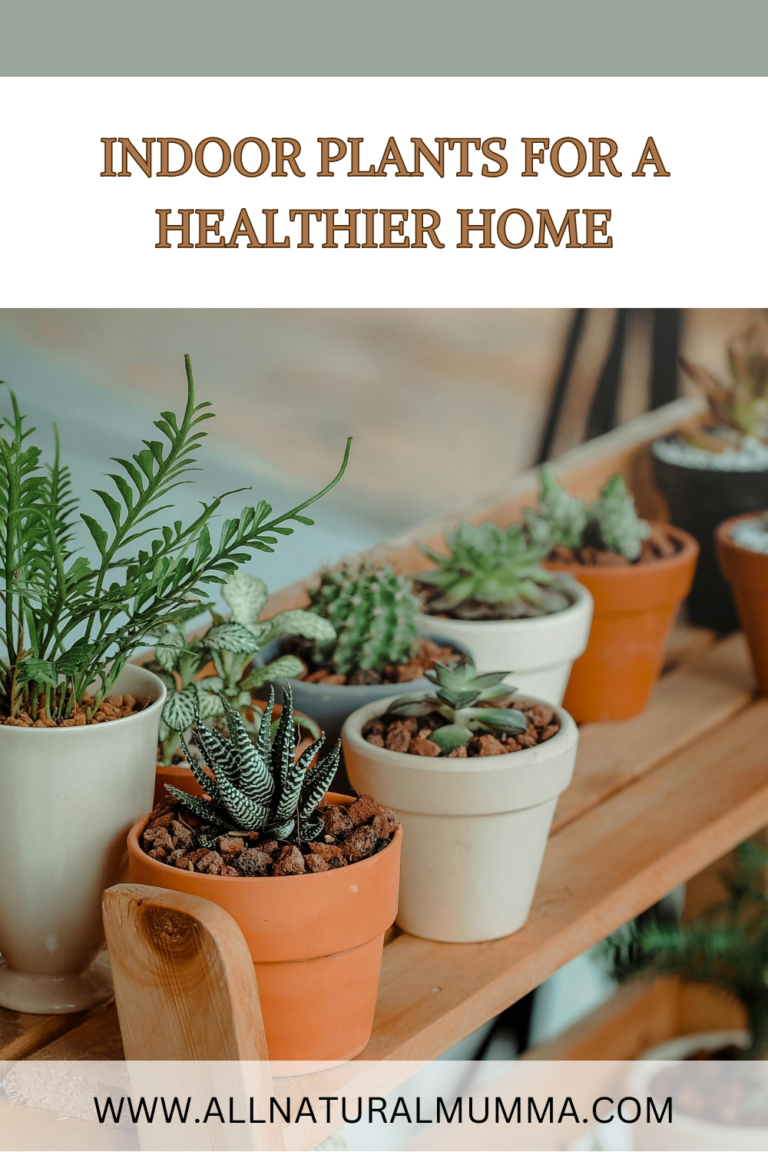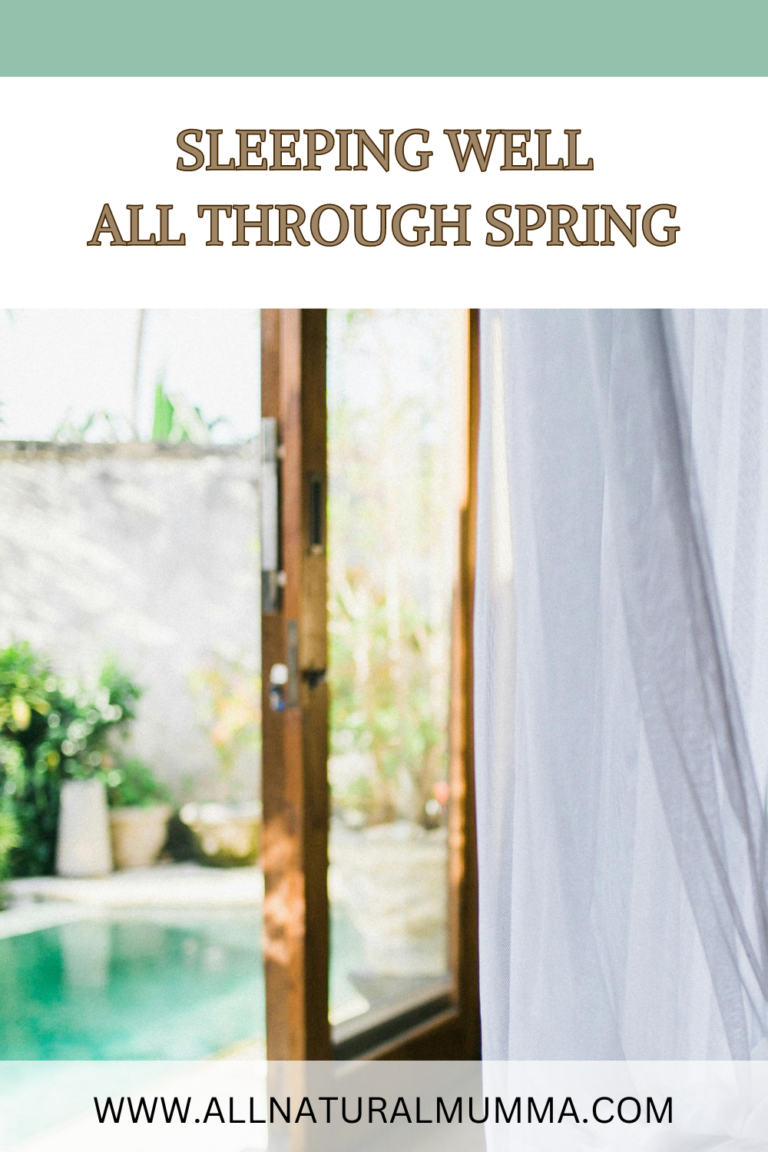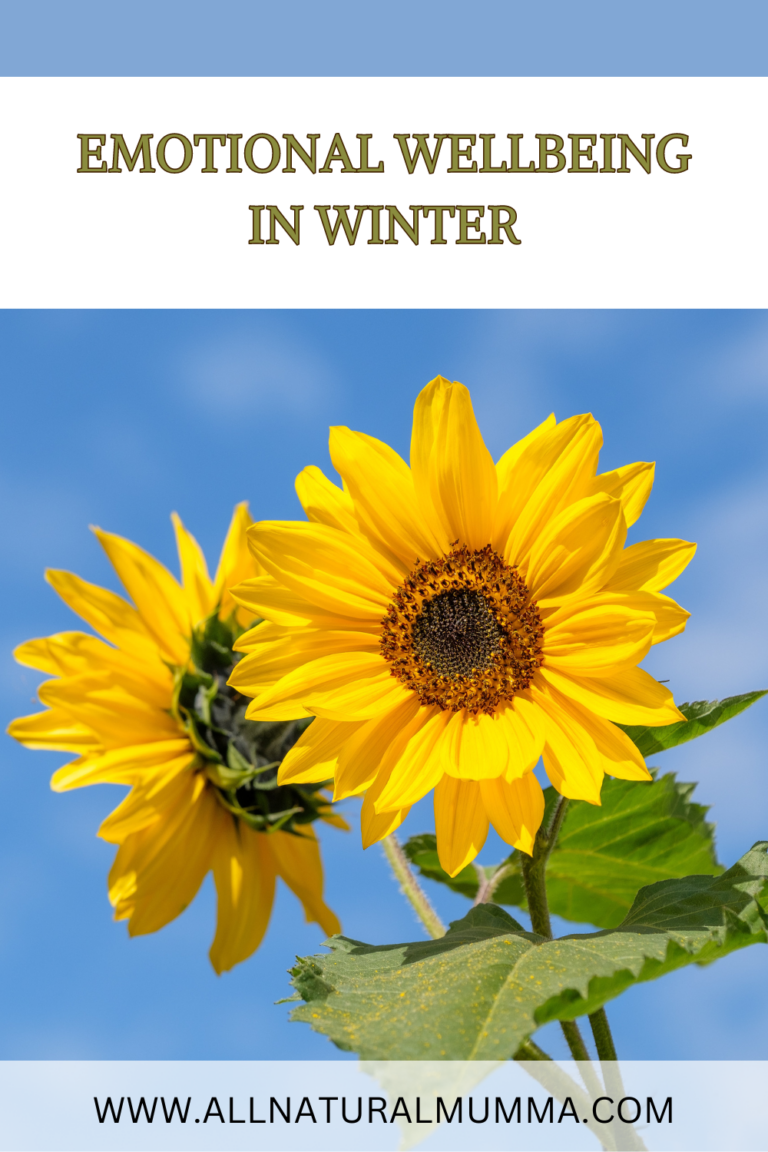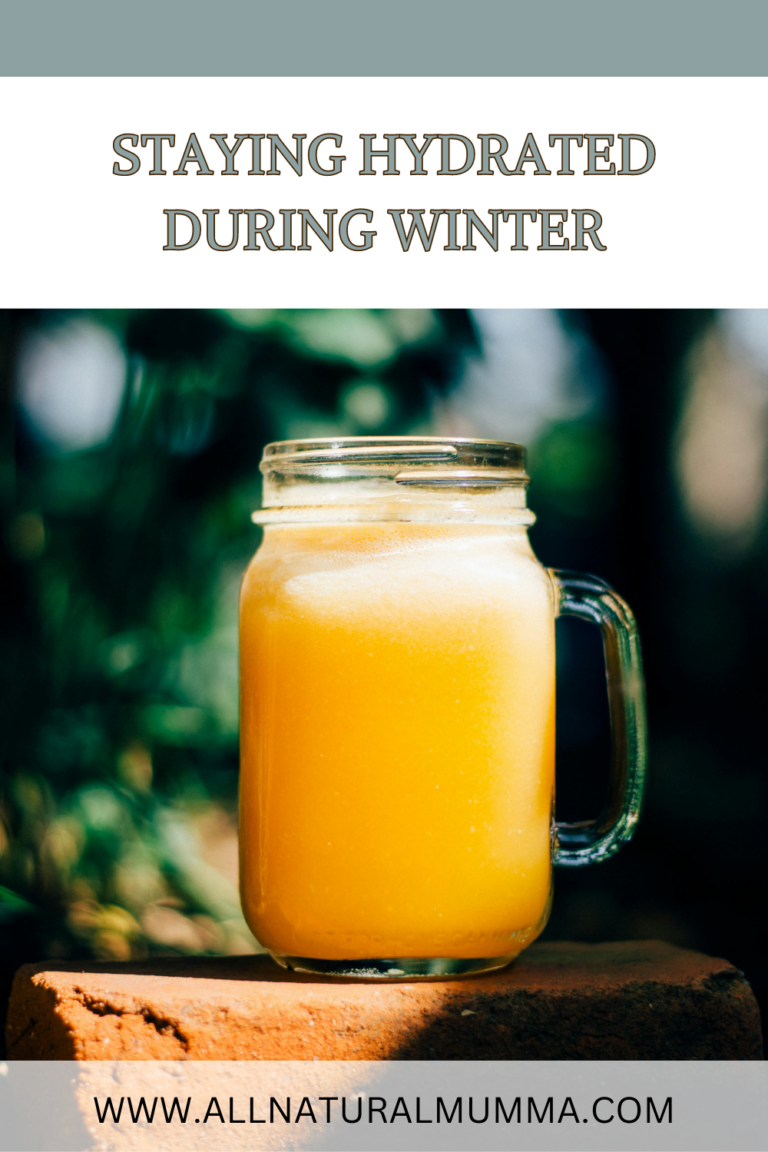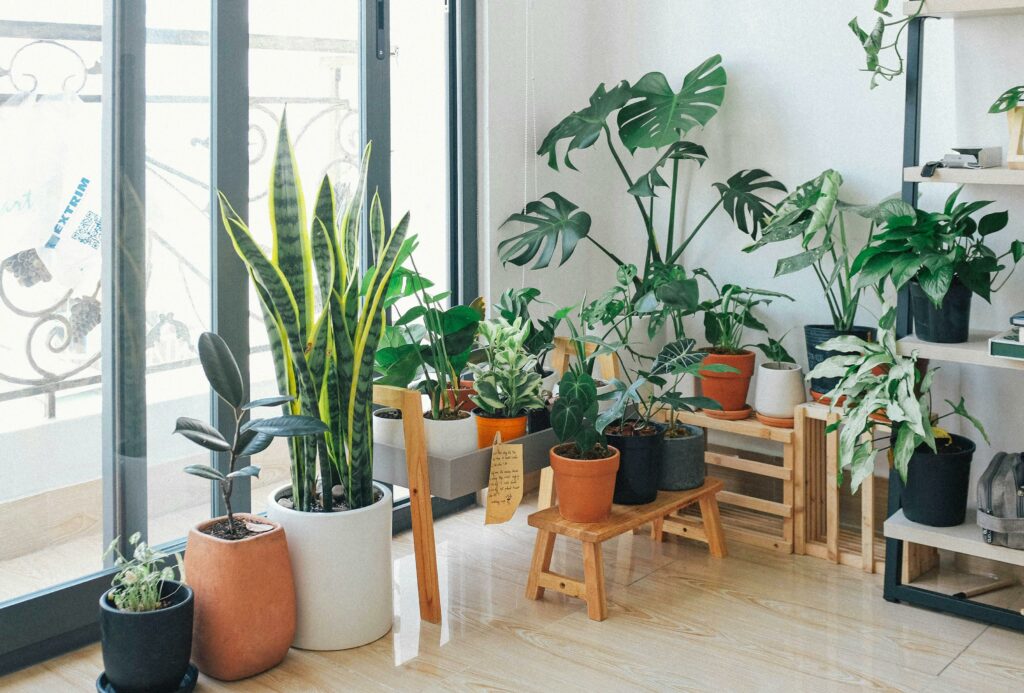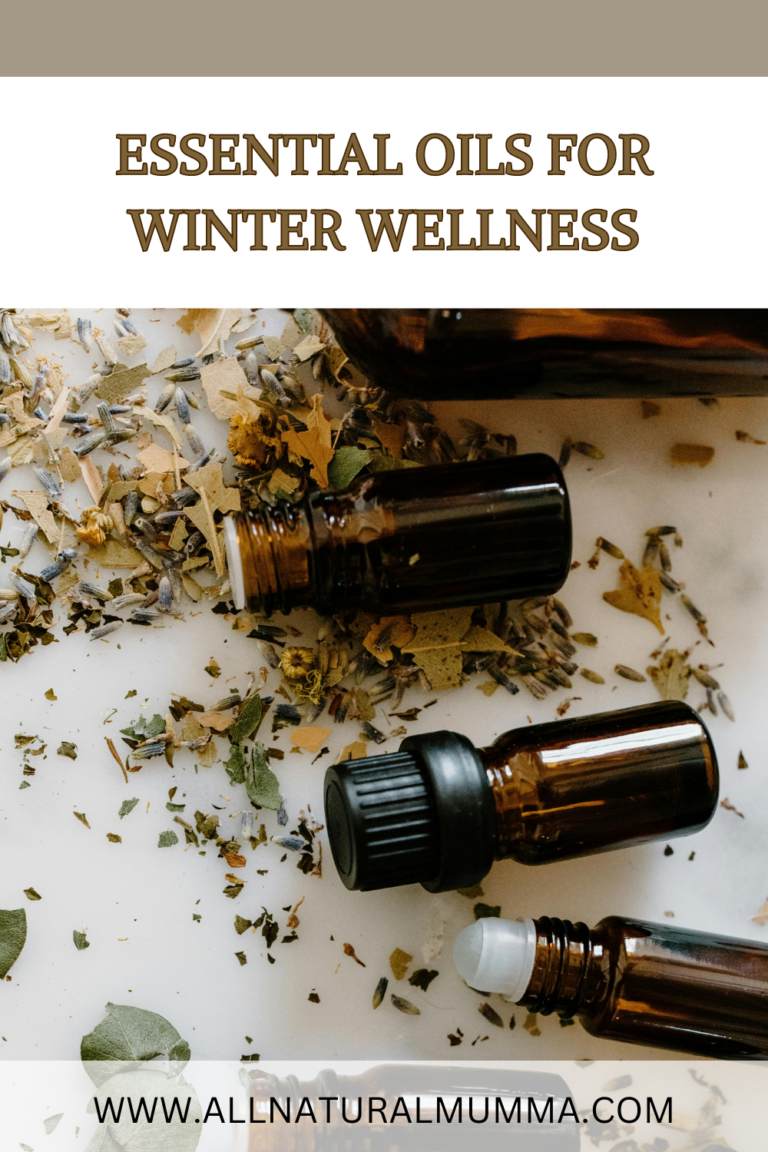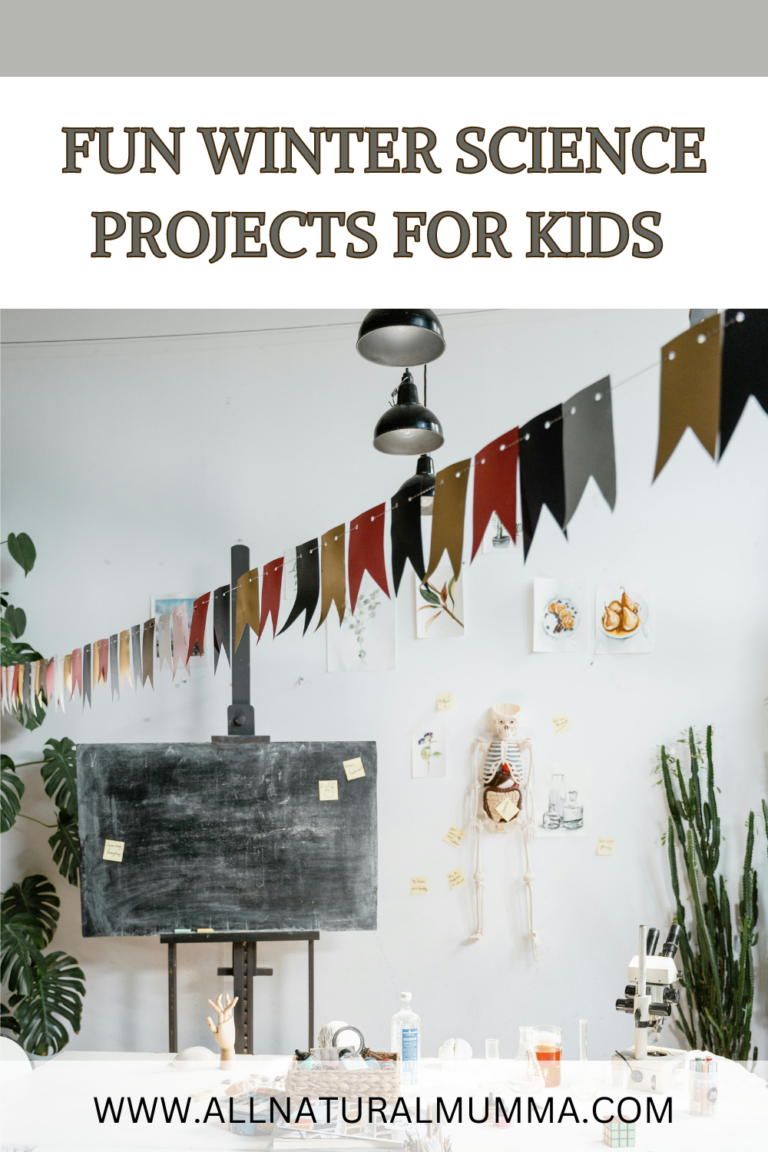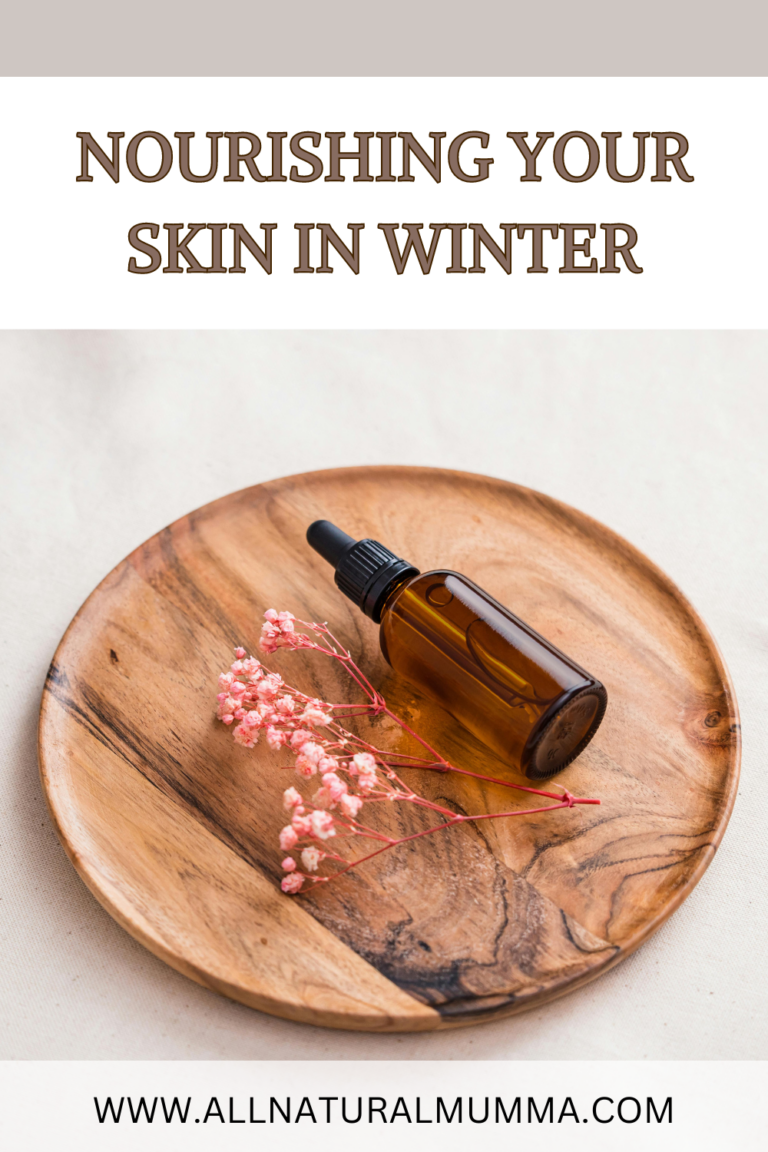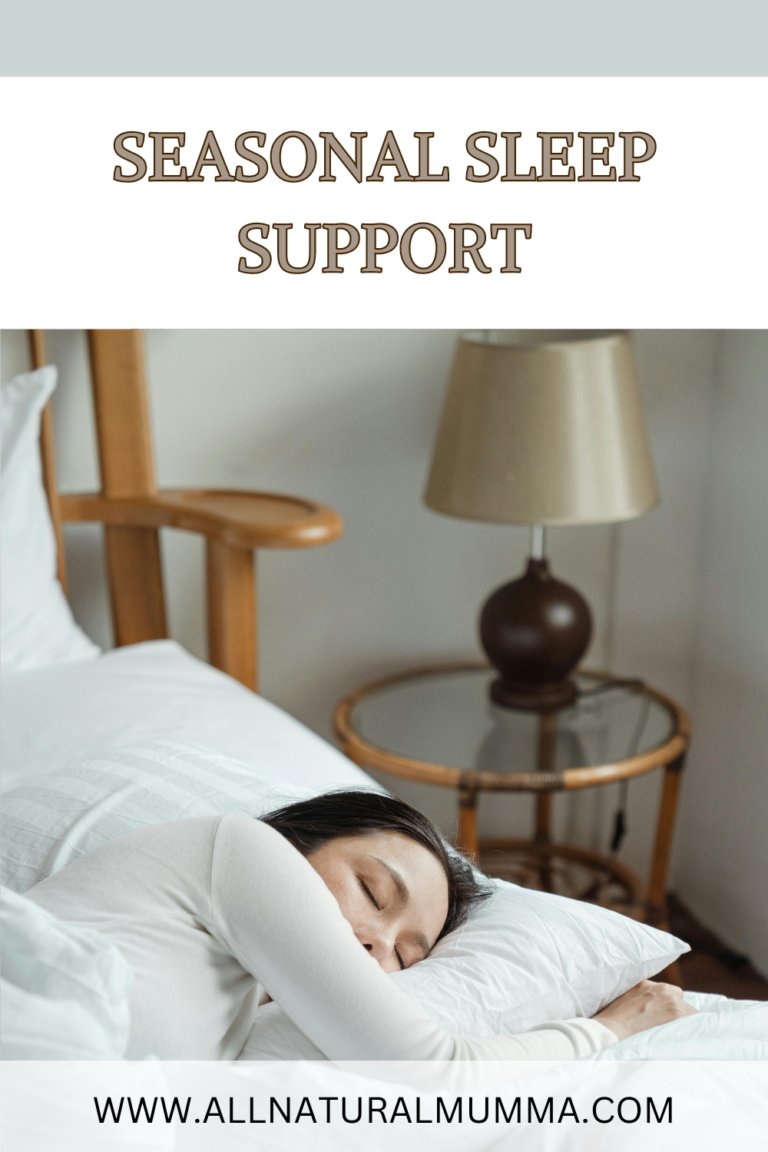Spring is a season of renewal, blooming flowers, and fresh beginnings—but with it comes unpredictable weather, allergens, and the need for extra care when it comes to protecting your little one’s delicate skin and health. As mums embracing natural childcare, we know that keeping things gentle and simple is the key. Here’s how you can care for your baby naturally as we transition into this vibrant season.
PROTECTING SENSITIVE SKIN
Spring weather can be tricky. One day it’s warm and sunny, the next it’s chilly and windy. These shifts can leave your baby’s sensitive skin prone to dryness or irritation. To keep their skin soft and protected, opt for natural, nourishing products like calendula or coconut oil, which are gentle and moisturising. Make sure to apply a natural sunscreen on warmer days, especially if you’re enjoying some outdoor time. A zinc-based sunscreen is a safe, non-toxic choice for those precious little cheeks.
STAY HYDRATED
As temperatures rise, it’s important to keep your baby hydrated. For younger babies, breast milk will be enough, but older babies starting on solids can benefit from small sips of water throughout the day. Keeping hydration in check not only supports their skin’s health but also helps their growing bodies adjust to the warmer weather.
NATURAL ALLERGY PROTECTION
Springtime allergens, like pollen, can sometimes be a challenge for little ones. If you notice your baby sneezing or having watery eyes, consider using a saline nasal spray to gently cleanse their nasal passages. You can also try diffusing baby-safe essential oils like lavender or chamomile to soothe and calm the airways. Additionally, keeping windows closed during high pollen days and washing hands and faces after outdoor play can make a big difference. My top 3 oils for Spring are Lavender, Lemon and Peppermint.
LAYER UP FOR COMFORT
Spring can be unpredictable, with mornings feeling chilly and afternoons warm. Dress your baby in light, breathable layers made from organic cotton or bamboo so you can easily adjust to the changing temperatures. This keeps them cozy without overheating.
OUTDOOR TIME WITH CAUTION
Fresh spring air is wonderful for both you and your baby, but be mindful of sun exposure and wind. Take advantage of the milder days by getting outside—whether it’s a walk in the stroller or tummy time on a blanket in the garden. Just remember to bring a wide-brimmed hat and stay in the shade as much as possible to protect your baby’s skin. Direct sunlight is essential for conditions like nappy rash and can be quite healing, just be mindful in the middle of the day when the sun is at its peak.
By making these simple, natural adjustments, you can help ensure your baby’s skin stays soft, hydrated, and healthy all season long. After all, Spring is all about new beginnings, and it’s the perfect time to nurture your little one with gentle, natural care.


